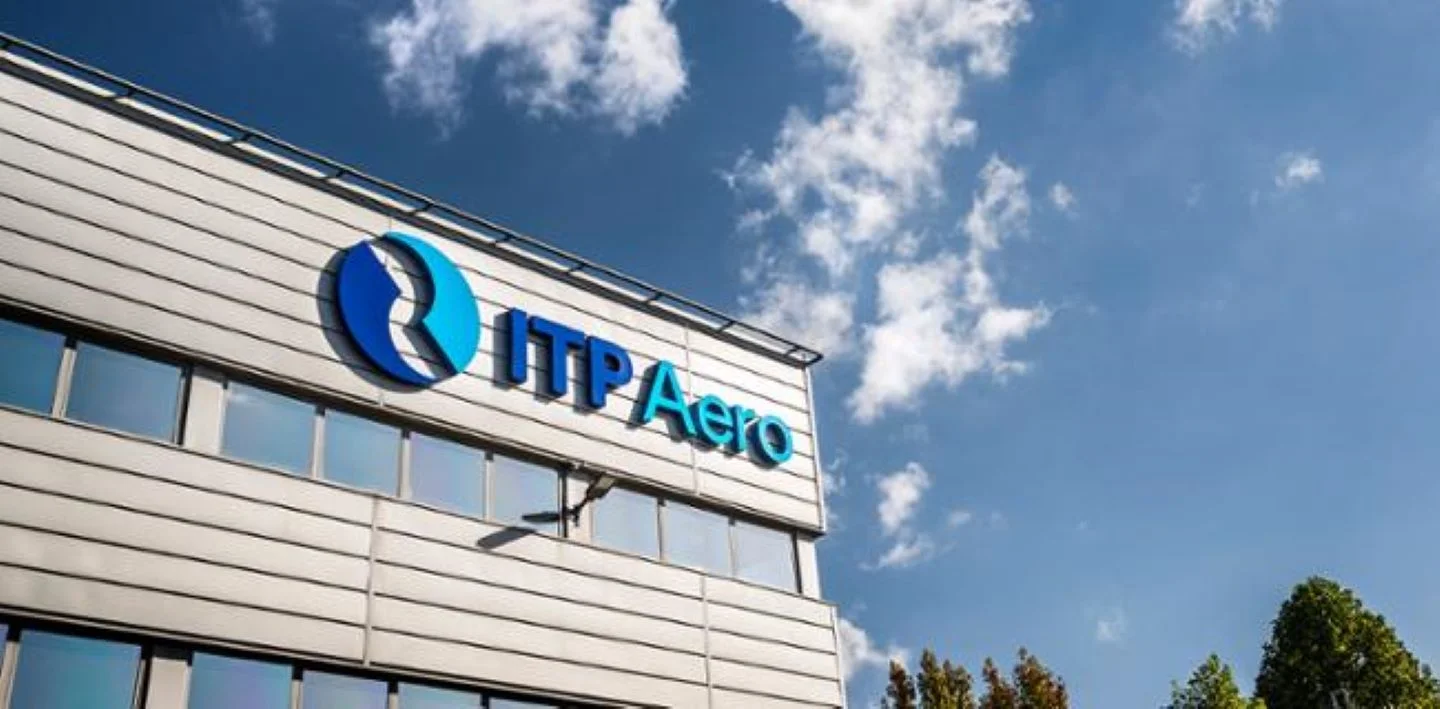
We invite You to discover the innovative world of ITP technology and its potential for usage in everyday life. As you might be curious about the acronym ITP, let me inform you that it means Intelligent Transport Systems and Technologies. This is an area that is becoming one of the most dynamic in terms of changing our perception and way of using the transport system.
It is easy to picture a world where one could avoid noisy congested roads that take ages to clear up for just a few miles of journey and instead travel comfortably with friends and family in super-efficient public transport systems and this on safer roads. Sounds amazing, right? With that said let me take you on a journey through this rather captivating field.
What is ITP Technology?
ITP or Intelligent Transport Systems and Technologies mean new applications for the transport systems and means, and for the traffic management. The goal? To enhance the transport networks in order to reduce their downtimes, risks, and impact on the environment.
The Evolution of ITP Technology
It is noteworthy to understand that for years ITP technology has developed gradually. There has been a great development since time immemoral from simple traffic signals just to moderate traffic junctions to integrated smart systems to modulating traffic in complicated traffic transit networks. Technological features like GPS navigation, real-time traffic flows, and automated tolls form the foundation on which future ITP developments are based.
Key Components of ITP Technology
To get a better grasp of ITP lets break down its key components to get a better grasp of ITP lets break down its key components.
1. Advanced Traffic Management Systems (ATMS)
These systems involve the use of technology that helps in controlling and directing traffic throughout any given area. Consider them like the hardworking people who strategise city traffic, signals, and the low traffic density.
2. Advanced Traveler Information Systems (ATIS)
They offer information that is timely and can be used by travelers as they make their way around different parts of the country. Have you ever been using a navigation system that suggested an alternative route to avoid congestion?! That’s ATIS at work.
3. Advanced Vehicle Control Systems (AVCS)
They are used in improving safety and effectiveness of the vehicles on the road. Subcategories that are encompassed by AVCS include the adaptive cruise control and mechanized collision avoidance systems.
4. Commercial Vehicle Operations (CVO)
In its overall operational framework, CVO is dedicated more towards increasing efficiency and safety of commercial freight. This includes log books as well as management technologies such as the electronic logging devices and the fleet management systems.
5. Public Transport Systems
These systems enhance Travel and Transport for enhancing the reliability and effectiveness of public transport. Such advancement as the tracking of buses and trains in real-time and the issuance of tickets system are also examples.
6. Emergency Management Systems
These systems assist in dealing with emergencies in a better and more efficient manner by offering information directly to the concerned authorities, as well as the populace in general.
How ITP Technology Improves Our Lives
Reducing Traffic Congestion:
The most significant advantage of using ITP is its effectiveness in traffic management and the corresponding decrease in traffic jam rates. ITP prevents traffic jams or frees up congested roads by coordinating traffic signals and presenting current traffic conditions.
Enhancing Road Safety:
ITP technology serves as instruction in operation that underscores the safety of the technology. Technological constructions such as collision avoidance systems and real-time, accurate, and reliable hazard warnings of high potential can minimize the occurrence of accidents.
Environmental Benefits:
This has the effect of lowering the environmental pressure of transport, whereby, through ITP technology, there is improved energy efficiency to and consequently; fewer negative effects of transport in the environment. Moreover, optimizing flow with traffics and the promotion of the use of people carriers, ITP reduces emissions.
Improving Public Transport:
ITP technology also enhances passenger tracking services and ticketing systems for further organization, increased efficiency and utilization of public transport. First of all, the mentioned facts only concern daily users of automobiles but also makes the populace embrace public transport.

The Role of AI and Big Data in ITP
It can also be concluded that ITP technology is constantly developing due to the help of Artificial Intelligence (AI) and Big Data. Here’s how they contribute:
Predictive Analytics:
AI can identify and suggest how traffic congestion can be addressed before it occurs, through data scrutiny of very big data sets.
Real-Time Decision Making:
It is possible to have AI systems that will be able to make decisions at specific times to ensure traffic flow, handling of incidents, and highlight to the travelers current updates.
Personalized Travel Solutions:
With Big Data, ITP systems can provide utility perceive travel solutions, optimized in terms of both route choice and modes of transport given the individual and situational context.
Challenges in Implementing ITP Technology
While the benefits are clear implementing ITP technology is not without its challenges. While the benefits are clear, implementing ITP technology is not without its challenges.
Infrastructure Costs:
The application of infrastructure to support ITP technology also poses some challenges in that it may be costly to implement if the current infrastructure is to be improved. At the same time, activity costs are offset by the long-term effects of the activity, if all the/effects are consider/ed.
Data Privacy Concerns:
Since there is so much data processed and analyzed, it is entirely important to consider privacy and security measures.
Integration with Existing Systems:
Transformation of the new ITP technology in the already prevailing environment may not be an easy process and needs consistent analysis before implementation.
The Future of ITP Technology
One can’t help but feel positive about the future of ITP technology after reading this overview. These are some tendencies that you should be aware of.
Autonomous Vehicles:
Automobile is one area that has the greatest potential of being revolutionized by the introduction of self driving cars. In their development configuring and absorption in transport nets the ITP technology takes a critical place.
Smart Cities:
Smart cities are defined as systems where opportunities in urban technologies are integrated with subsequent networking interconnectivity for smart governing and the ITP technology is a leading example of smart city.
Mobility as a Service (MaaS):
MaaS bundles and brings together many AS strains of transport services under one easily accessible on-demand service. Even if the last mile had to be done in a taxi, wouldn’t it be almost magical to book the entire journey in a single app that integrates bookings and payments with public transit options such as buses, trains, or bike-share?
Conclusion:
This is the reality with the ITP technology, which is revolutionizing the transport sector. Through improving non-renewable resources for making our transport systems smarter, safer and efficient the world is preparing for a day when travelling might just be a breeze. From eliminating congestion on our highways, increasing the safety of our roads, to increasing awareness of environmentally friendly means of transport, this is a revolution that everyone can embrace.
FAQS:
1. Iochea Technical Park What does ITP stand for?
It is also important to note that the abbreviation ITP refers to Intelligent Transport Systems and Technologies. It covers several intended new sophisticated applications for enhancing transport effectiveness and security.
2. How does ITP technology reduce traffic congestion?
ITP technology helps in easing congestion by controlling the traffic signals, traffic updates and utilizing other traffic analyzing figures .
3. In the technology of Image in Text Processing (ITP), what is the position of AI?
AI enables efficient achieving of new objectives such as the predictive analytics, real-time decision making and providing a generally more accurate distinctive travel plan to improve the functionality of ITP systems.
4. Despite its effectiveness, implementing ITP technology has problems; what are they?
Some of the major constraints that were identified include high cost of acquiring and implementing the infrastructure, privacy issues, and interfacing issues where the new technology will require integration with the existing systems.
5. What are the further prospects in the context of development of ITP technology?
Thus the future holds features such as; self-driving automobiles, smart cities, and MaaS where majority of these need ITP technology to run efficiently.






